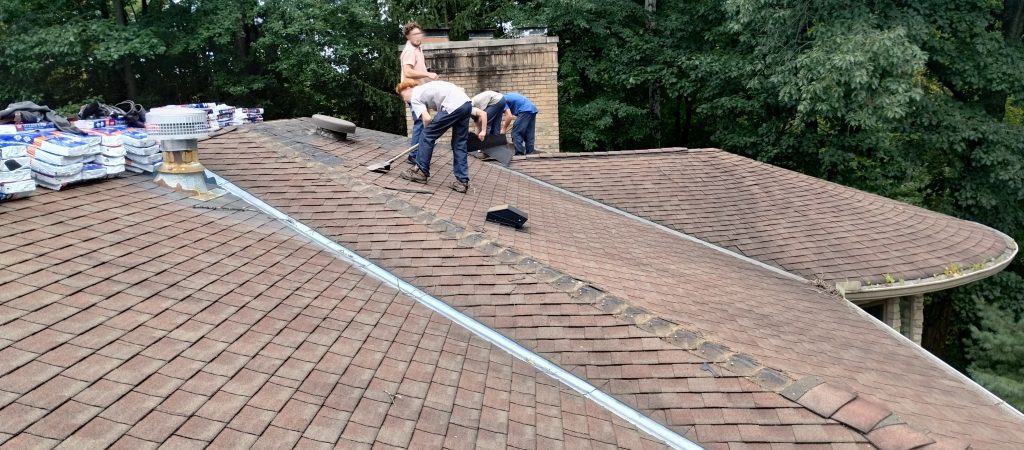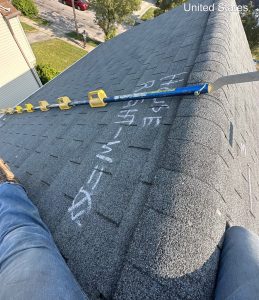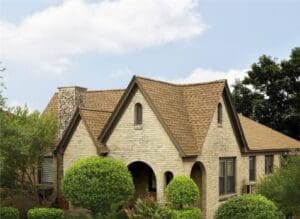Comprehensive Guide to Roof Slope: A Crucial Insight for Homeowners
Owning a home comes with a multitude of responsibilities, and understanding your roofing system is one of the most crucial. One often-overlooked element that plays a significant role in the effectiveness and longevity of your roof is its slope. Comprehending your roof’s slope can not only save you money in terms of maintenance but also enhance the overall aesthetic and functional performance of your home. In this guide, we’ll delve deeper into why roof slope matters and how it impacts various aspects of home improvement.
What is Roof Slope?
Roof slope is more than a technical term; it’s a fundamental aspect of your roofing system. The slope determines how your roof performs under different weather conditions and can dictate many other architectural decisions. It is defined as the angle or steepness of a roof, typically represented as a ratio. This ratio measures how many inches a roof rises vertically for every horizontal foot of distance. A 4:12 slope implies a 4-inch vertical rise for every 12 inches horizontally. Roof slopes can range widely, from nearly flat to very steep, each bringing its advantages and challenges.

The Multifaceted Impact of Roof Slope in Home Improvement
Your roof’s slope does more than contribute to architectural style. It profoundly impacts the roof’s functionality and maintenance requirements. Here are some key factors influenced by the slope of your roof:
- Water Drainage: The angle of your roof primarily determines how well it sheds water. Proper drainage is crucial to prevent water from pooling, which can lead to leaks, mold, and structural damage over time.
- Material Selection: Different slopes are better suited for specific materials. For instance, flat roofs often use rubber membrane systems, whereas steep roofs might require shingles or tiles that offer overlapping protection.
- Energy Efficiency: The slope can influence how heat is managed in your home. Steeper roofs may allow for better ventilation, reducing heat accumulation in attics, which can enhance energy efficiency.
- Safety and Maintenance: The steeper the roof, the more challenging it becomes to maintain. Slopes influence the approach to maintenance tasks and safety precautions that homeowners need to take.
Steps to Identify Your Roof Slope
Determining the slope of your roof is an essential first step in making informed decisions regarding repairs and improvements. It’s not as complicated as it may seem. Here’s a straightforward how-to:
- Take a piece of lumber, about 12 inches long, and ensure it acts as a horizontal level.
- Carefully place one end on the roof while the opposite end hangs over the edge.
- Using a tape measure, find the vertical distance from the bottom of the board to the roof surface, which indicates the slope ratio.
If climbing onto your roof poses safety concerns, don’t hesitate to contact a professional. Roofing experts can accurately determine your slope and recommend maintenance strategies tailored to your specific roof type.
Various Roof Slopes and Their Practical Applications
Understanding the type of roof slope you have is pivotal in maintaining an efficient and aesthetically pleasing roof. Let’s look deeper into the categories of roof slopes and their typical applications:
Flat Roofs (0:12 to 2:12)
While common in commercial settings, flat roofs are often employed in contemporary residential designs for their modern aesthetics and functionality, such as enabling rooftop gardens and solar panel installations. These roofs excel with appropriate drainage solutions to manage water effectively. Regular inspection of drainage outlets is essential to prevent water from pooling, which can quickly lead to severe damage.
Low-Sloped Roofs (2:12 to 4:12)
Low-sloped roofs provide a subtle yet elegant appearance suitable for many homes. However, their construction requires diligent maintenance of flashing and seams to safeguard against leaks. Regular seasonal inspections are invaluable in identifying and mitigating issues early, before they necessitate costly repairs.
Medium Sloped Roofs (4:12 to 6:12)
Many homeowners find medium sloped roofs to strike the perfect balance, offering excellent water drainage and a variety of material options including asphalt shingles or metal. These roofs support straightforward walking access for maintenance while necessitating monitoring for debris, which can obstruct gutters and downspouts.
Steep Roofs (over 6:12)
In regions prone to heavy rain or snowfall, steep roofs are highly efficient in natural debris clearance. However, navigating such roofs is dangerous, so any repair work necessitates professional intervention to ensure safety. Homeowners should make it a priority to have steep roofs checked regularly by qualified professionals to maintain their integrity and safety.
Tailored Maintenance Tips for Each Roof Type
Protecting your investment in a robust roofing system means conducting regular maintenance in line with the slope of your roof. Here’s a tailored approach for each roof type:
Flat Roofs:
- Conduct regular cleaning of leaves and debris to maintain unobstructed drainage.
- Arrange periodic inspections to check for any signs of wear, cracks, or ponding.
- Ensure that drainage systems perform effectively to avoid water-related issues.
Low-Sloped Roofs:
- Frequently inspect and service seams and flashing to avert potential leaks.
- Address mold and algae, which thrive in standing water, when identified.
- Enhance energy performance by insulating attic spaces effectively.
Medium Sloped Roofs:
- Regular gutter cleaning prevents water damage and structural issues.
- Gutter guards can be installed to minimize debris accumulation.
- After significant weather events, conduct inspections to catch any damage quickly.
Steep Roofs:
- Engage professionals for inspections and repairs because of the inherent risks.
- Consider tools like roof rakes to prevent snow buildup between inspections.
- Keep an eye out for dislodged shingles or flashing to preempt water ingress.

Why Choose Spartan StormShield for Your Roofing Needs
Understanding the intricacies of your roof slope equips you with the insight needed to protect your home effectively. From flat roofs demanding vigilant drainage care to steep pitches necessitating professional upkeep, each slope type presents unique challenges and opportunities. The key is regular maintenance tailored to your specific roof style to safeguard its longevity and performance.
At Spartan StormShield, our team of seasoned professionals is dedicated to serving homeowners across Northeast and Central Ohio. We provide comprehensive inspections, maintenance, and tailored roofing solutions informed by the unique slope characteristics of your home. Don’t leave your roofing health to chance—reach out to us today for a consultation. Let us partner with you in maintaining a secure, efficient, and aesthetically pleasing roofing system that stands the test of time.
Contact Spartan StormShield today, and take the first step towards ensuring the longevity and resilience of your roof. Our expert team is ready to assist, delivering peace of mind through top-notch roofing care. Trust us to protect what’s beneath your roof—your home and family. Call now to schedule your inspection or to learn more about our services!




